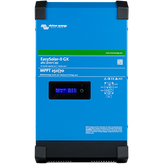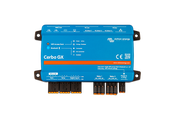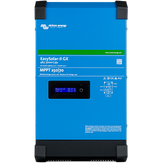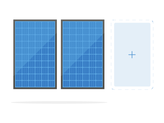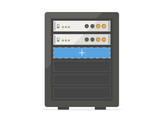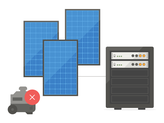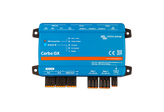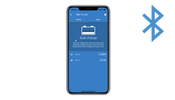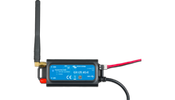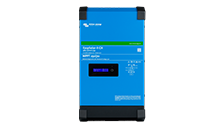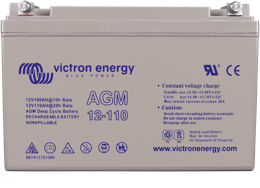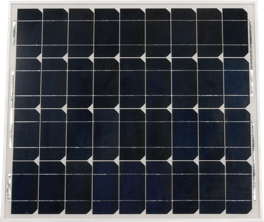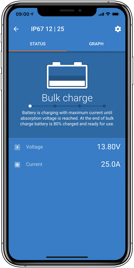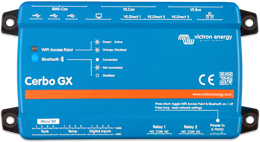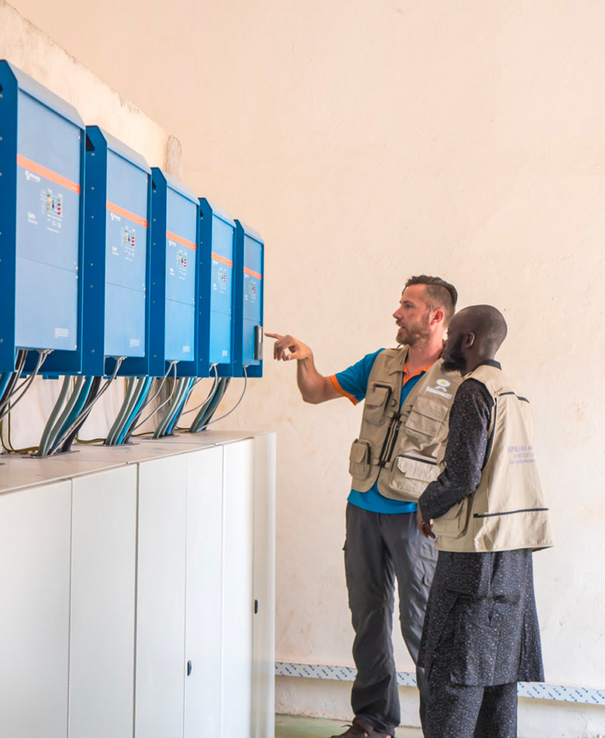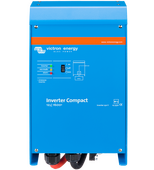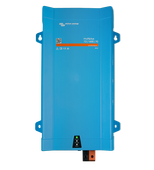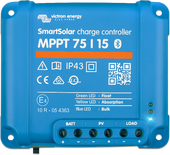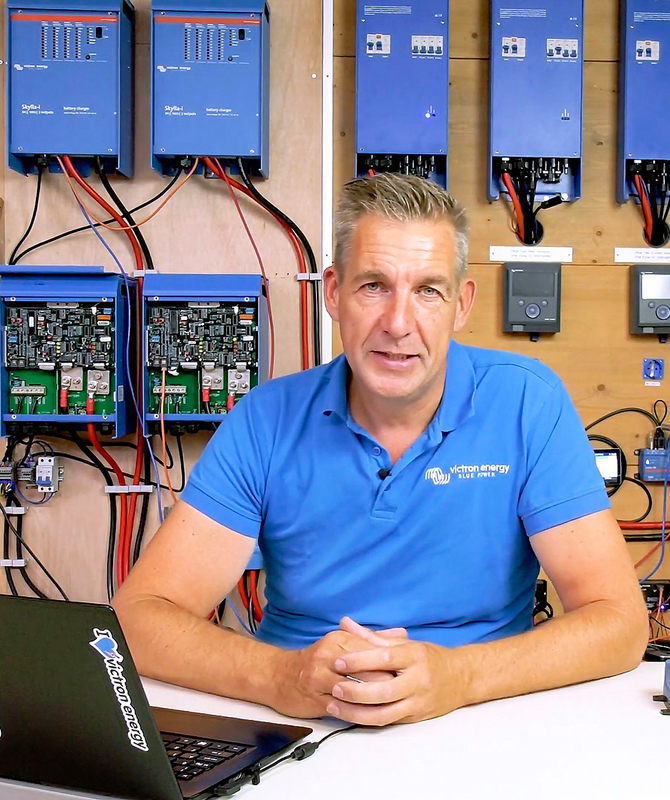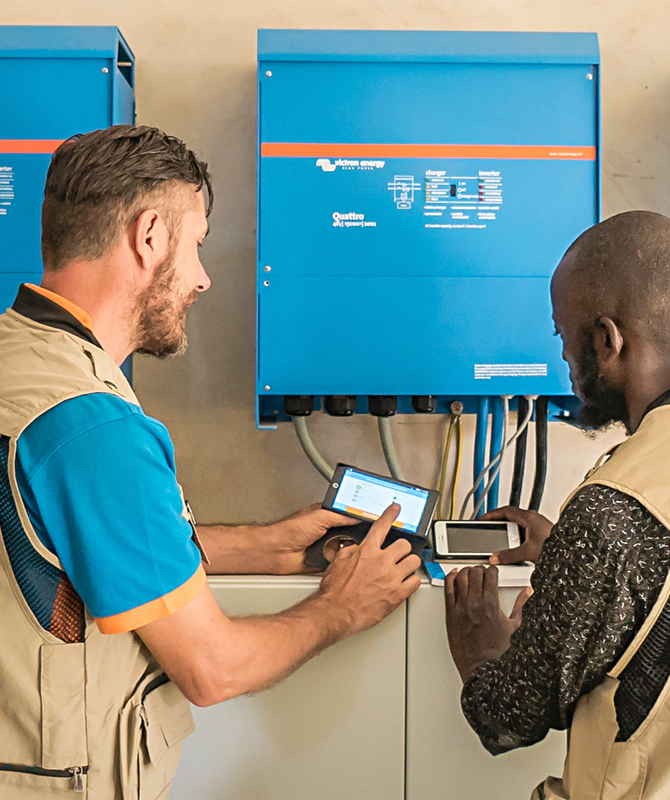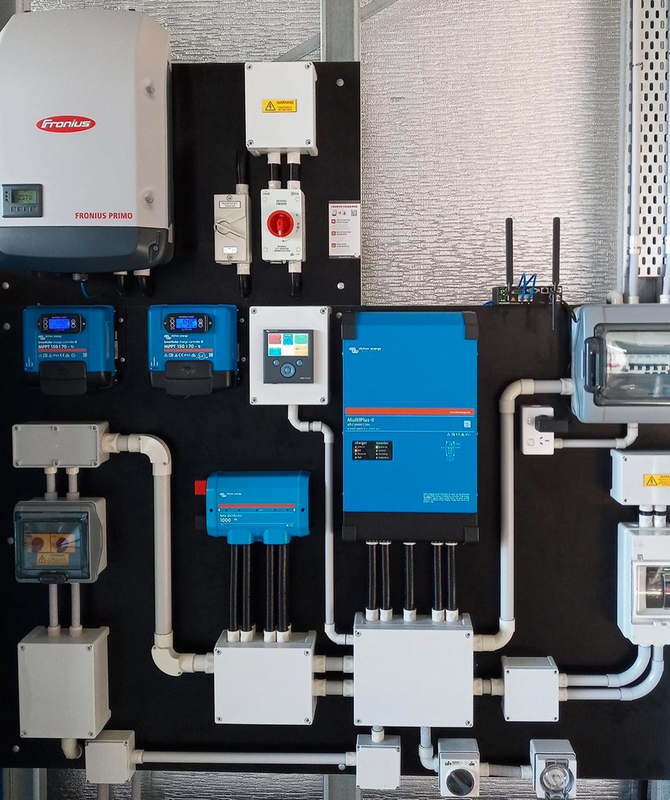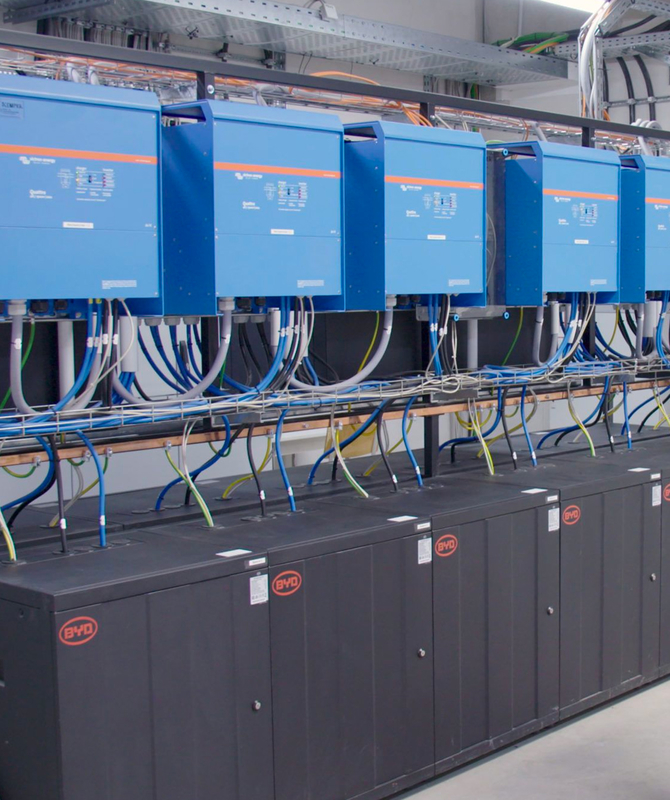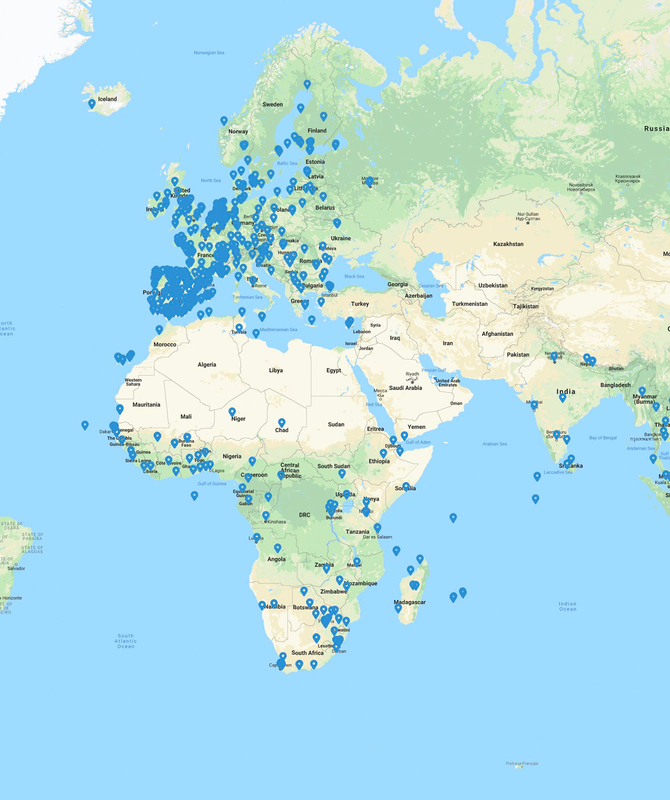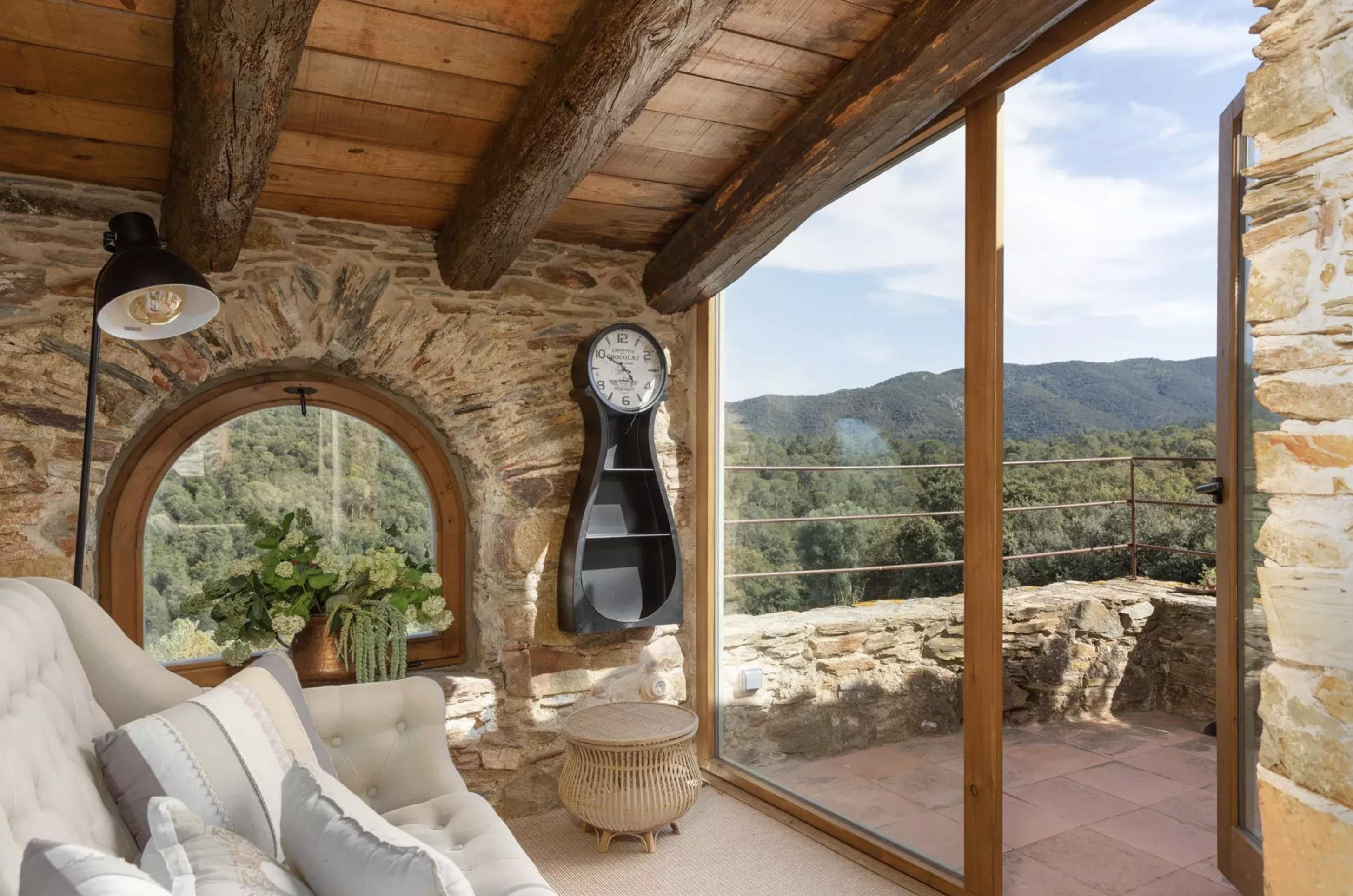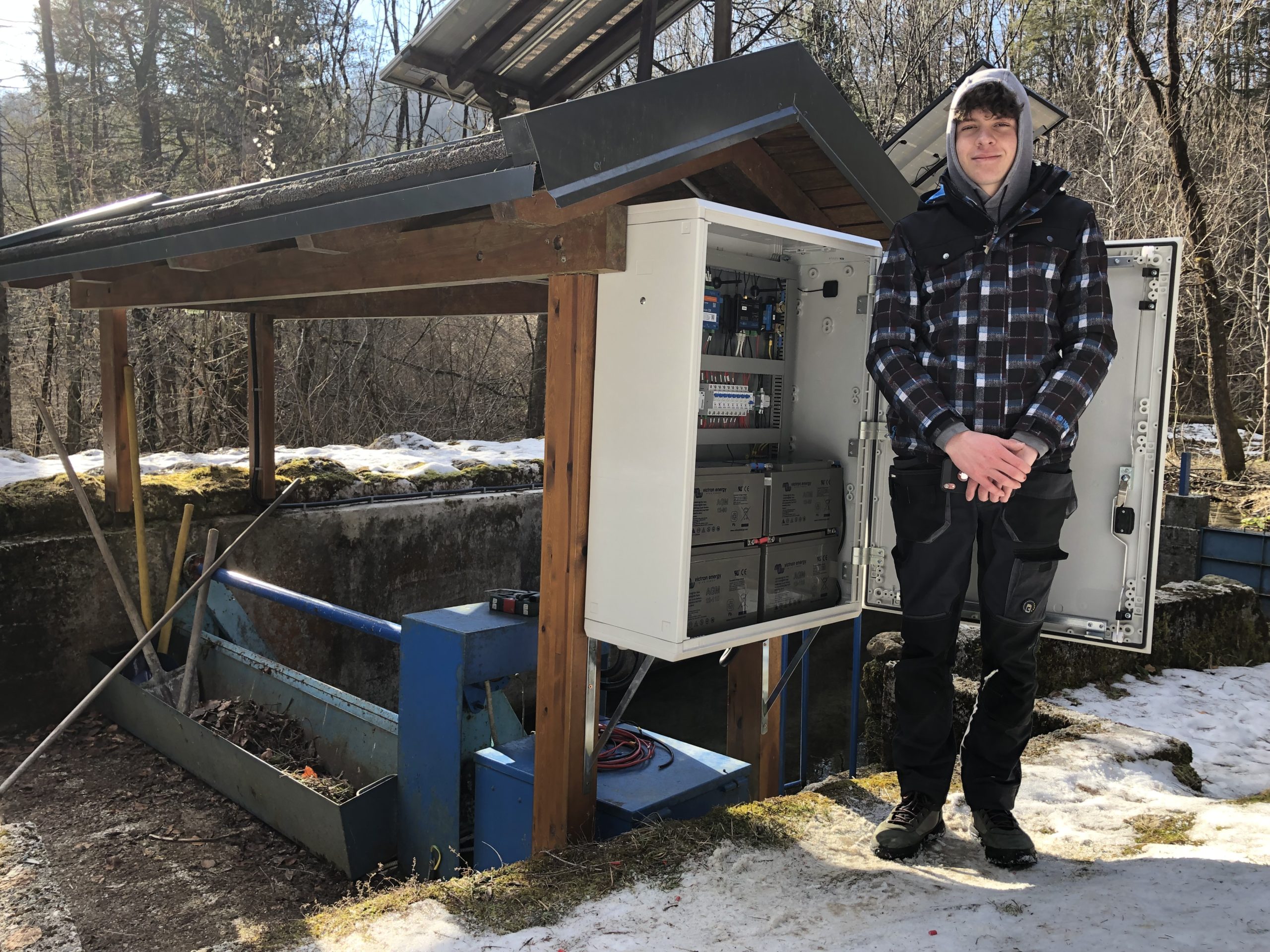Generator
Generators produce mostly AC current to offer independent electrical power where needed. They help charge the batteries and power the (peak)loads in case of grid or shore power shortings or failure.
In all cases, Victron Energy solutions can help you reduce the reliance on these noisy, fuel consuming and maintenance heavy generators, providing an eco-friendly and cost-saving alternative.
Some smaller systems can now just run on batteries, other systems can do with smaller generators, or less generator time. For larger systems, generators may be an unmissable component in the setup, but the dependence on them can be reduced, for instance by adding solar power or battery backup power, only using the generator when the state of charge is too low, or the (peak) power demand too high.
Victron Energy systems are recognised in the market for their great ability to master hybrid generator concepts, which comes with several advantages:
- Longer generator free periods.
- Reduced rating of the generator.
- Reduces shore power requirement.
- Uninterrupted AC power on board.
- Increase redundancy and therefore safety.
- Easy programming of (multiple) generator start/stop rules, based on a variety of system parameters.
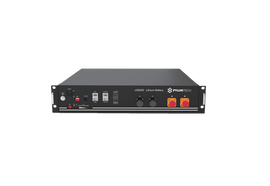 01Backup power is provided from the Lithium battery in case of a grid-failure. The bank is sized by adding the critical loads times the expected duration of an average black-out. The bank is charged by a solar array and by the grid. A pre-existing generator could also be added.
01Backup power is provided from the Lithium battery in case of a grid-failure. The bank is sized by adding the critical loads times the expected duration of an average black-out. The bank is charged by a solar array and by the grid. A pre-existing generator could also be added.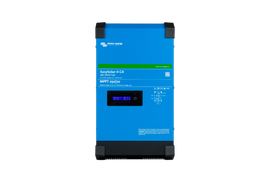 02The EasySolar-II GX 48/3000 is an excellent and efficient choice when solar arrays are going to be added (at commission or later) to the backup system. This all in one inverter/charger/mppt can perfectly power any load and can prioritise solar charging above charging from the grid.
02The EasySolar-II GX 48/3000 is an excellent and efficient choice when solar arrays are going to be added (at commission or later) to the backup system. This all in one inverter/charger/mppt can perfectly power any load and can prioritise solar charging above charging from the grid.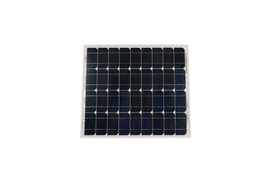 03With the addition of solar power in a backup system, the up-time is extended. By adding more solar panels, the system can be expanded towards a self consumption system which can power the average loads with energy from the sun, lowering your utility bills and improving the cost-effectiveness of your system.
03With the addition of solar power in a backup system, the up-time is extended. By adding more solar panels, the system can be expanded towards a self consumption system which can power the average loads with energy from the sun, lowering your utility bills and improving the cost-effectiveness of your system.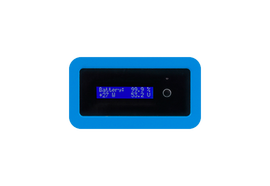 04The built-in GX device inside the EasySolar-II GX offers perfect control from wherever you are with our free VictronConnect app and VRM portal. Monitor the battery state of charge, power consumption, power harvest from PV, generator and mains and catch potential issues early by programming alerts and alarms. The GX function ensures third party managed batteries can be seamlessly integrated.
04The built-in GX device inside the EasySolar-II GX offers perfect control from wherever you are with our free VictronConnect app and VRM portal. Monitor the battery state of charge, power consumption, power harvest from PV, generator and mains and catch potential issues early by programming alerts and alarms. The GX function ensures third party managed batteries can be seamlessly integrated.
